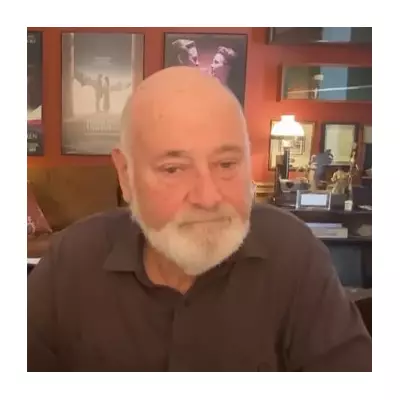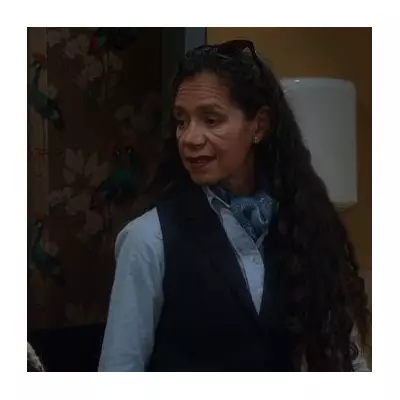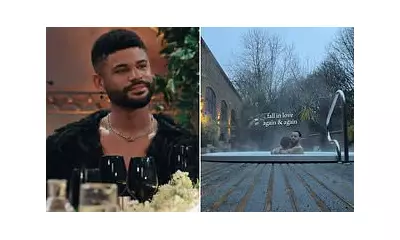
In an extraordinary piece of television archaeology, a long-lost Father Brown adaptation starring Sir Alec Guinness has been recovered after being missing for over half a century. The 1954 production, which predates Guinness's more famous cinematic portrayal, represents a crucial missing chapter in British broadcasting history.
The Detective That Time Forgot
While audiences worldwide know Guinness for his 1955 film performance as G.K. Chesterton's clerical sleuth, few were aware that he first brought the character to life in a BBC television production the previous year. This pioneering adaptation had vanished from public view almost immediately after its initial broadcast, becoming one of British television's most sought-after lost treasures.
A Remarkable Recovery Story
The film's journey back to public awareness is almost as compelling as any Father Brown mystery. After decades of presumed destruction, the recording was miraculously preserved in a private collection before being carefully restored by television historians. Its survival defies the common fate of 1950s television programming, much of which was never recorded or subsequently erased.
Guinness's Groundbreaking Performance
This rediscovered performance offers fascinating insights into how Guinness developed his interpretation of the character. Television historians note significant differences between this earlier portrayal and his later cinematic version, showing an actor still refining one of his most beloved roles.
Historical Significance
The recovery provides invaluable context for understanding the evolution of detective drama on British television. As one of the earliest attempts to adapt Chesterton's stories for the small screen, it represents a pioneering moment in the genre that would later give us countless mystery series.
The film's restoration allows modern audiences to experience a genuine piece of television history, offering a window into the production techniques and storytelling styles of mid-century British broadcasting that shaped generations of programme-makers to come.





